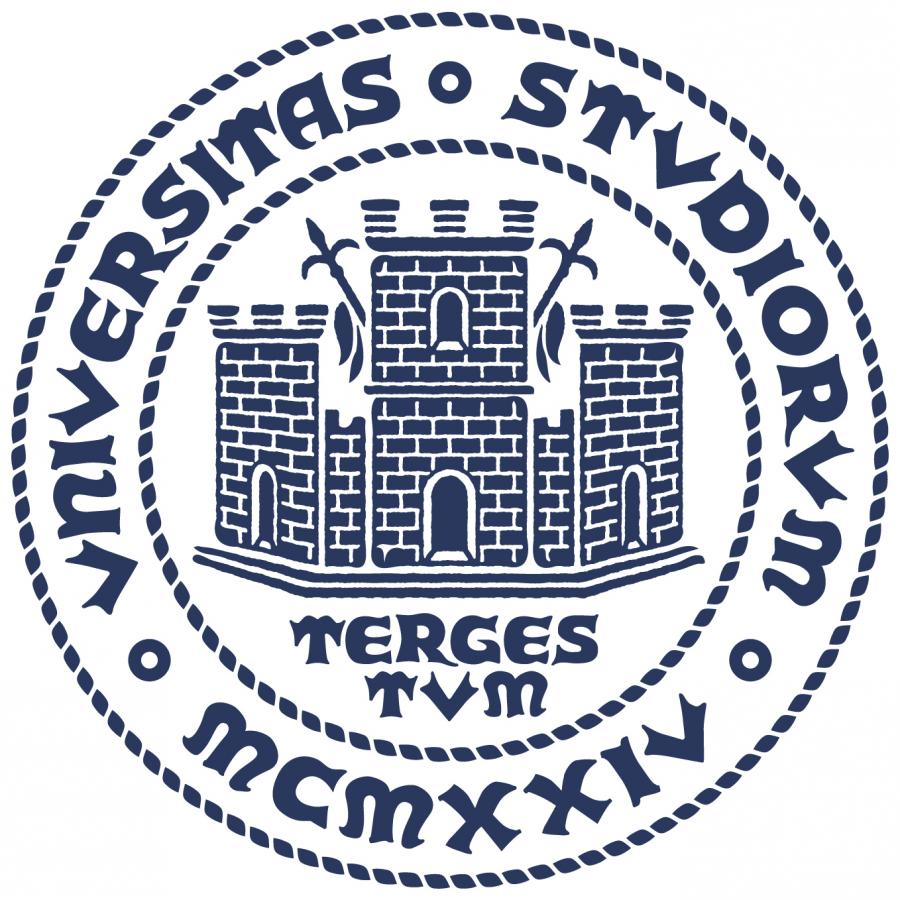- Home
- Dipartimento
- Ricerca
- Didattica
- Post Lauream
- Trasferimento della conoscenza
- Come fare per
Seminar @ PhD School of Nanotechnology - F. Torrisi - Graphene and Two-dimensional Materials for printed and wearable electronics: electronic transport, non-linear optics and THz photonics
Tipologia evento:
home
Sede:
Trieste
Graphene and related 2D materials (GRMs) hold a great potential for flexible electronics and photonics for their novel electrical and optical properties, ideal for new lasers and wearable electronics. [1]. The production and deposition of thin films of GRM (fig.1a) from solutions or inks is extremely attractive for printed electronic devices, viable for flexible electronics. [2] GRM-based inks enable a large range of printed device and integration options, such as digital, lithographic printing and roll-to-roll coating, which are ideal to deposit patterned thin films. The exfoliation in liquid of layered bulk materials (such as graphite, MoS 2 crystals, etc.) is a scalable approach ideal to produce inks. However, currently the low yield of this process, results in a low concentration of dispersed GRMs. I will give a brief overview on the development of high-yield production GRM-based solutions and inks, suitable for several priting processes enabling GRM-based printable and flexible (opto)electronic devices. [3]. Then I will show how careful tuning of the surface interaction and GRM deposition process enables printed electronic and optoelectronic devices [4] from 2D material inks (fig.1b), such as Thin Film Transistors achieving electron mobility > 100cm2 V-1 s-1 at room temperature. [5] Finally, I will demonstrate how the biocompatible properties of graphene [6] and are suitable as neuron-interfacing electrodes, (fig.1c) preserving the neuronal activity. This paves the way to the fabrication of flexible graphene-based devices on plastics or textiles for medical applications, (fig.1d) such as biosensors and neuroprosthetics, whereby graphene electrodes interact efficiently with the cells without altering the cells behaviour [6].
[1] Z. Sun et al. ACS Nano 4, 2, 803, (2010);
[2] F. Torrisi et al. ACS Nano, 6, 4, 2992 (2012);
[3] F. Torrisi & J. N. Coleman Nature Nanotechnol. 9, 10 738, (2014);
[4] F. Torrisi et al. Adv. Opt. Mater. 4, 7, 1088, (2016);
[5] T. Carey at al. Nature Commun., DOI : 10.1038/s41467-017-01210-2, (2017);
[6] F. Fabbro et al. ACS Nano 10, 615, (2016)
Luogo:
Lecture Room A1 -C11 Building
Informazioni:
Felice Torrisi is a University Lecturer in Graphene Technology in the University of Cambridge and Fellow of Trinity College, Cambridge. He graduated at the University of Catania, Italy, after a research period at the Institute of Microelectronics and Microsystems of the Italian National Research Council. He joined the Department of Engineering at the University of Cambridge in October 2008 as PhD student, then as a Research Fellow and finally as a Lecturer in 2014. His research interests span from printed and flexible electronics to photonics with graphene and 2D materials, with particular focus on energy, sensing and wearable textile electronics.
Ultimo aggiornamento: 06-12-2018 - 12:19



